10 Mind-Blowing Facts About the Indian Ocean
Have you ever been swimming in the Indian Ocean? The ocean is beyond vast, deep, and beautiful. While the world recognizes the combination of oceans as one global ocean, four ocean names have been taught in elementary schools for centuries. The Atlantic, Pacific, and Arctic are the other three oceans to be so heavily discussed in science and history books. No matter what ocean you’re exploring or investigating for the day, odds are, you’re bound to uncover some wildly intriguing truths. The Indian Ocean stands out for a multitude of reasons including its size, sea creatures, and tectonic plates. It flows along Southern Asia, Eastern Africa, and Western Australia. Here’s what else you should know about this breathtaking body of water.
There Are Only Two Oceans Larger Than the Indian Ocean
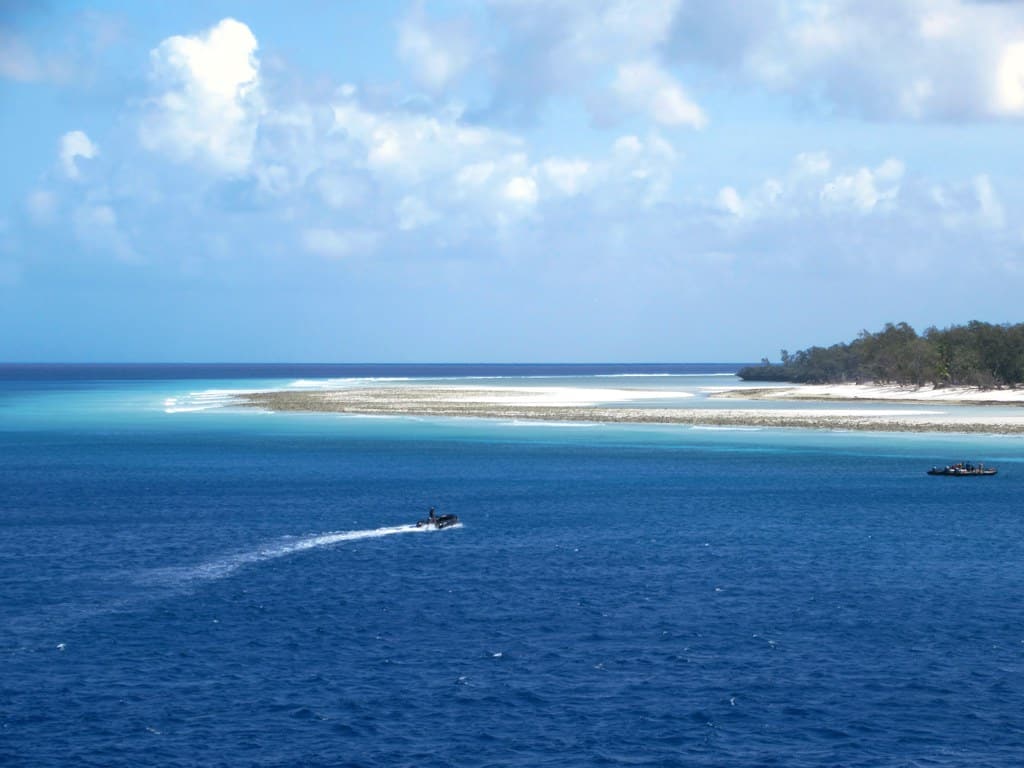
©David Stanley / flickr – License
Take the size of the Indian Ocean into account for a moment. It’s incredibly large and there are only two other oceans on this planet that are bigger. The biggest ocean of all is the Pacific Ocean. The Atlantic Ocean is second in line. That leaves the Indian Ocean in third place – but that doesn’t mean it isn’t still impressively massive. The Pacific Ocean measures out at 165,250,000 square kilometers while the Atlantic Ocean measures out at 106,460,000 square kilometers. In its third place position, the Indian Ocean has a measurement of 70,560,000 square kilometers. Even though the Atlantic and Pacific beat it in terms of square kilometers, there’s still a massive amount of water to explore in the Indian Ocean.
Sea Life in the Indian Ocean is Limited

©FtLaudGirl/ via Getty Images
Although some might instantly assume there’s an abundance of sea life living in the Indian Ocean based on its massive size, the sea life there is actually quite limited. Since the water temperature in the Indian Ocean is warmer than other oceans on our planet, it’s a bit of a challenge for certain sea creatures to live fulfilling lives. Some of the more common see creatures you’ll locate in the Indian Ocean are tuna and shrimp. Endangered species such as whales, seals, and turtles are also found there. Unfortunately, human who engage in illegal fishing, drug smuggling, and ship piracy threaten the lives of these sea creatures on a daily basis.
The Indian Ocean Has an Abundance of Tectonic Plate Boundaries

©dushi82/Shutterstock.com
When thinking about tectonic plate boundaries, shaky earthquakes probably come to mind. The Indian Ocean has an abundance of tectonic plate boundaries in different areas. Even though the conversation about tectonic plate boundaries in the Indian Ocean might not always come often, it’s still intriguing to know exactly where they’re located. You can start precisely where the African, Indo-Australian, and Antarctic continental plates merge. The Rodrigues Triple Point is another location. These tectonic plate boundaries exist thanks to the destruction of the supercontinent Gondwanaland. It broke apart 80 million years ago. The Indian Ocean took on the present shape it has today around 36 million years ago despite all the changes it was enduring millions of years prior. Now, it has a seismically active mountain range with loads of physical ridges.
The Indian Ocean Got Its Name From the Indian Penisula
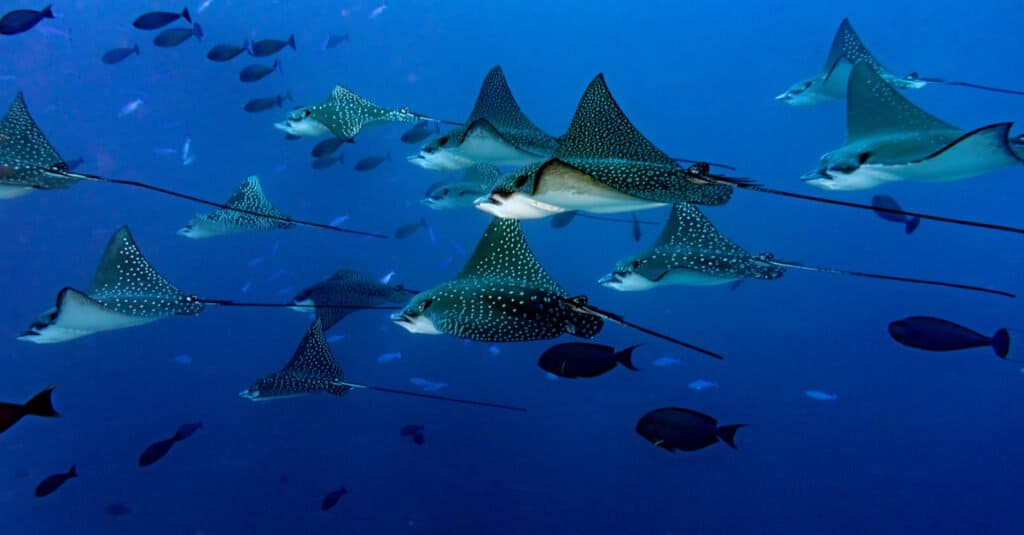
©Andrea Izzotti/Shutterstock.com
Have you ever been curious to know how the oceans on this planet recieve their names? The Indian Ocean specifically got its name from the Indian coast. The Indian coast was a reference point for explorers trying to make their way around the open seas in the early 1500s. Prior to getting its official name, the Indian Ocean was recognized as the Eastern Ocean. Since the Indian Ocean is named after a country, the name itself has caused political disagreements in history. After all, it’s the only ocean to be named after an actual country! According to The Economic Times, some folks believed the name was unfairly linked to the country of India. Still, the Indian Ocean has maintained its name for centuries.
There Are Noteworthy Waterways in the Indian Ocean

©wildestanimal/Shutterstock.com
The Indian Ocean is full of waterways that have been deemed noteworthy. Waterways will always exist in any body of water that can be navigated. This means you’ll also find them in rivers and lakes — not just open seas. One of the more well-known waterways in the Indian Ocean is the Strait of Malacca between Malaysia and Indonesia. The second one that’s been heavily talked about is the Suez Canal in Egypt. Interestingly enough, the latter was man-made. It serves as a watery connection between the Mediterranean Sea and the Red Sea. In 2015, an extension of the artificial waterway was inaugurated. Two other waterways worth mentioning in the Indian Ocean are the Bab el Mandeb and the Strait of Hormuz.
The Indian Ocean Has Major Seaports

©AMISOM Public Information / CC0 1.0 – License
It’s possible to locate sea ports all around the ocean. They are docking locations for ships to stabilize on the edges of oceans, rivers, and lakes. When a ship docks at a port, boaters have the opportunity to load and unload cargo. Passengers catching rides on these ships also have the chance to safely board and get off. Without seaport locations on different coasts, it would be nearly impossible for goods to be properly transported. The Indian Ocean offers several major seaports that contribute to the suitable transportation of both cargo and passengers. The busiest container port across the entire Indian Ocean is in Singapore. There are also seaports in Aden, Jakarta, Mombasa, and Durban. Lastly, there are seaports in Mumbai and Chennai.
The Sunda Trench is the Deepest Point of the Indian Ocean
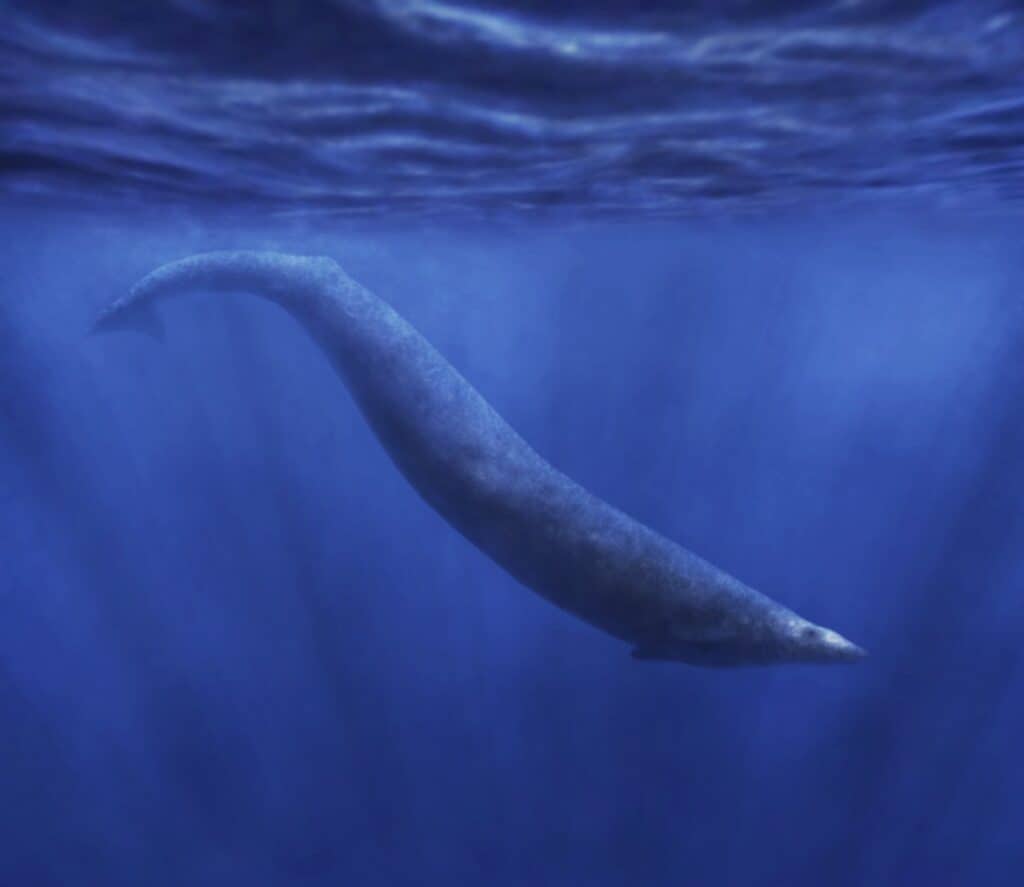
©Dominik Hammelsbruch / CC BY-SA 4.0 – License
Every ocean around the globe has a point that reaches greater depths than any other area. In the Indian Ocean, the Sunda Trench is the deepest point overall. You’ll find the Sunda Trench near the southern part of Java, Indonesia. For this reason, it’s also widely known as Java Trench. Describing the deepest point of the Indian Ocean with either of these names will be understood by most scientifically knowledgeable people. The maximum depth of this point in the Indian Ocean reaches 25,344 feet. It’s safe to say that if you were to accidentally drop one of your belongings in the Indian Ocean at this spot, you’d never see it again!
There’s an Underwater Mountain Range in the Indian Ocean
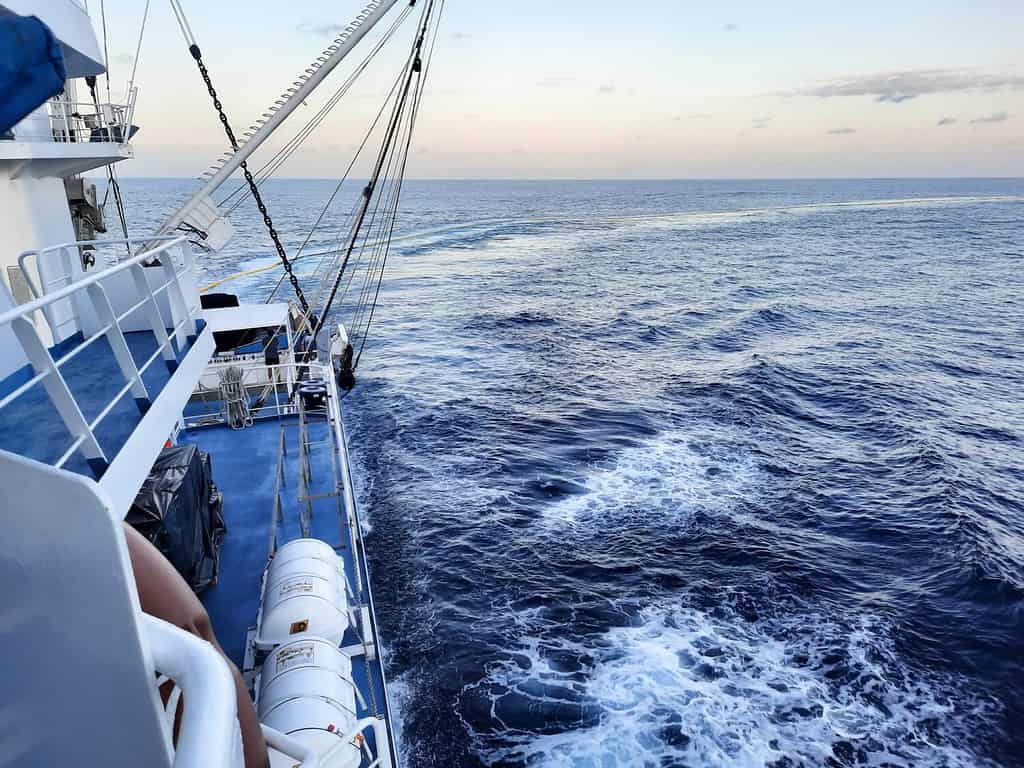
©Gema Alvarez Fernandez/Shutterstock.com
The idea of an underwater mountain range is absolutely mind-boggling. Laying eyes on an underwater mountain range is likely one of the most breathtaking and flabbergasting experiences of all time for nature-lovers. In the Indian Ocean, there is a full-fledged mountain range in existence. It’s called the Ninety East Ridge. It snagged its name based on its nearly parallel strike at the center of the eastern hemisphere along the 90th meridian. The the Ninety East Ridge underwater mountain range acts as a form of division between the western and eastern regions of the Indian ocean.
Sea Creatures Use the Indian Ocean as a Migration Route
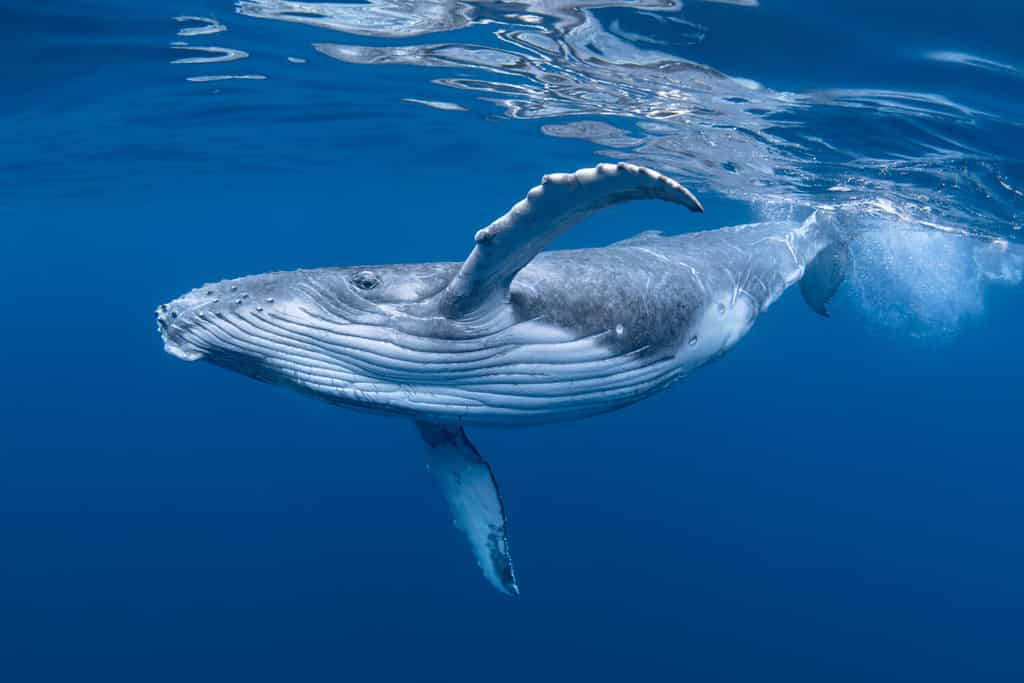
©Craig Lambert Photography/Shutterstock.com
The Indian Ocean serves a great purpose for sea creatures who rely on it as a migration route. The migration of sea creatures is beyond crucial in terms of sustaining our ecosystems. If sea creatures can’t safely migrate from point A to point B, the ecosystem could be threatened. Some of the reasons sea creatures migrate revolve around their desire to find mates, track down food, and flee dangerous weather conditions. One common sea creature who uses the Indian Ocean as a migration route is the humpback whale. During the summer, they migrate toward polar ice feeding grounds to keep their bellies fed. During the winter, they swim right back over to the warmer temperatures in the Indian Ocean to give birth to their baby calves.
Tourists Are Obsessed With the Indian Ocean Coastline
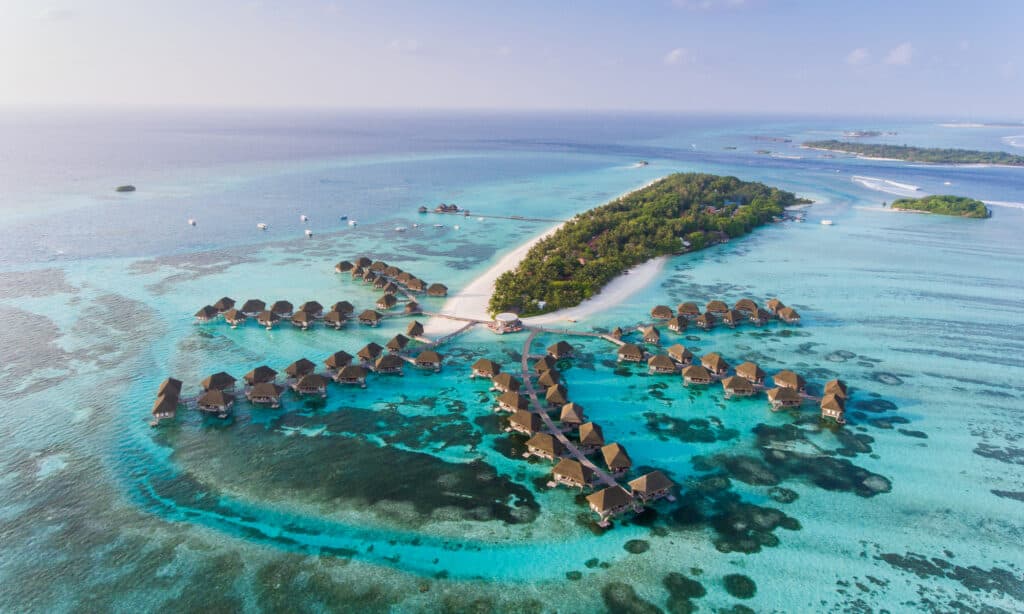
©Siraphob Werakijpanich/Shutterstock.com
Tourists can’t seem to get enough of the Indian Ocean coastline. For this reason, the Indian Ocean serves as a beautiful tourist destination. Vacationers been excited about traveling to the Indian Ocean coastline for years and that doesn’t seem to be something that will be slowing down anytime soon. The eye-catching scenery, sparkling waters, white sand beaches, and lush greenery might be some of the enticing reasons why. Folks who appreciate the beauty of nature in its most authentic state have a lot to admire about the Indian Ocean coastline. Popular islands for visitors to book vacations include Tanzania, the Maldives, and Seychelles.









